Concrete Construction
FPrimeC offers a wide range of Nondestructive evaluation for concrete construction. These solutions can be used as part of the contractors quality control and quality assurance program. We help contractors and construction managers with accurate and reliable data about the location, extent and severity of concrete problems.
Common Problems in Concrete Construction
- Low Concrete Strength
- Poor Consolidation of Concrete (Honeycombed Concrete)
- Voids and Subsurface Anomalies
- Voids in Post-Tensioned Girders
- Severe Cold Joint
- Early Stage Cracking
- Non-Conforming Cover thickness
- Rebar and Conduit Locate
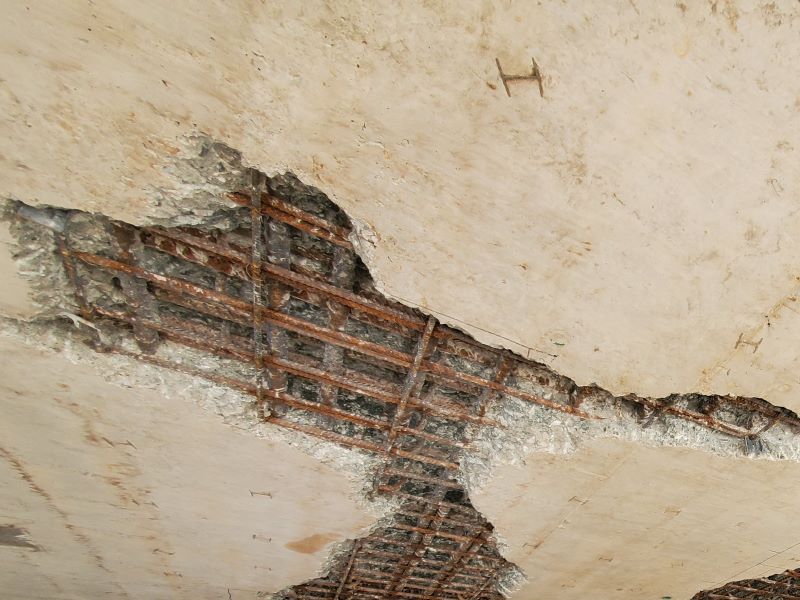
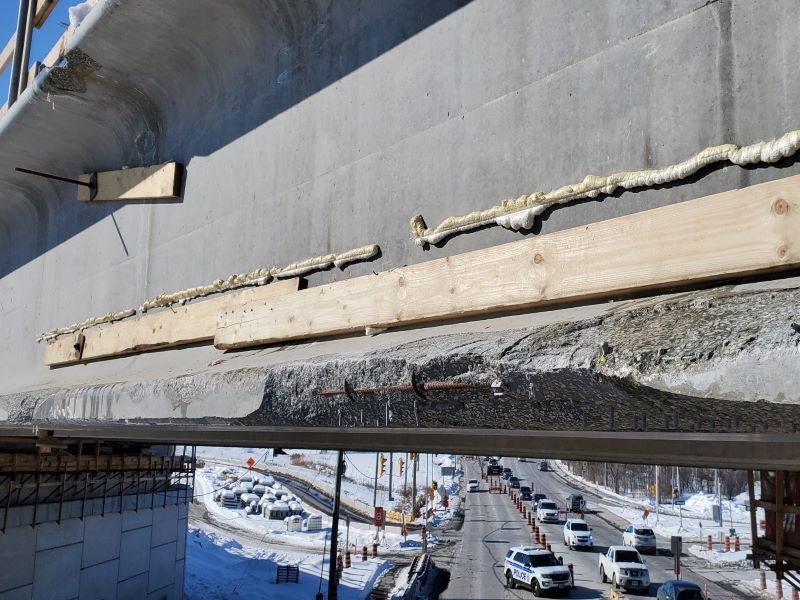
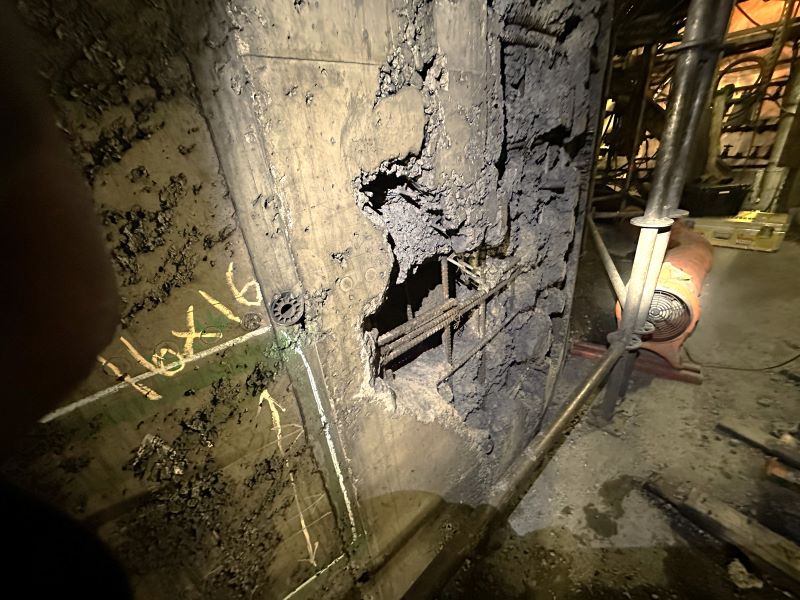
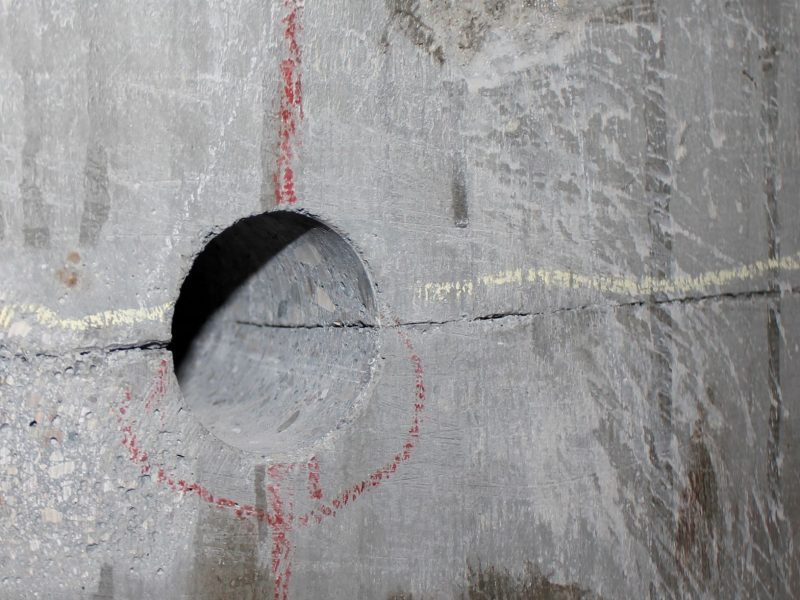
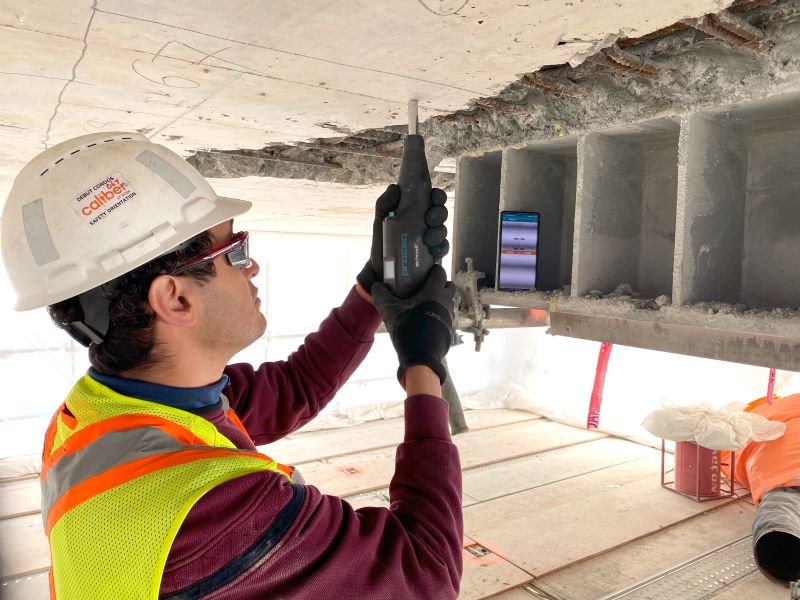
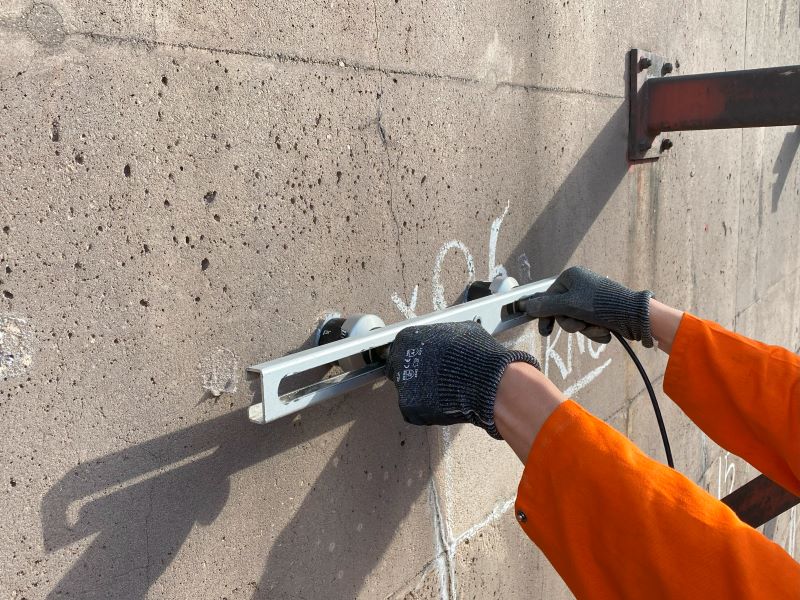

Concrete Strength
Nondestructive test methods can be used for in-place estimate of concrete strength. Several methods are available for estimating concrete strength. Depending on the stage of the construction, and the availability of companion cylinders, nondestrcutive methods can help construction managers and engineer of the records with alternative solutions.
- Maturity Method
- Rebound Hammer
- Ultrasonic Pulse Velocity
- SonReb (Combine Rebound Hammer and Ultrasonic Pulse)
- FPrimeC AI Toolbox: Artificial Intelligence + NDE
Most NDT methods need project specific calibration curve. This means that a minimum number of concrete cylinders or cores will be needed to establish a mathematical relationship between the NDT measurements and compressive strength of companion cylinder or core.
FPrimeC has developed Artificial Intelligence methods that use the large pool of laboratory tests, and literature, to deliver a reliable estimate of concrete strength when no companion cylinder is available.
Concrete Cracks
Early age cracking (thermal, shrinkage) are quite common among the most common issues in concrete construction. Cold joints are another common issue. Premature prestressing of concrete girders can also result in early age cracking of these critical components. When cracks are detected, accurate assessment and remedial work might be required.
For each crack, it it important to determine the nature of cracks, severity, and depth. This information will help contractors with an action plan for recording and repair of these anomalies.
The following NDT methods are available to assess the quality and integrity of concrete materials:
- Rebound Hammer (Uniformity around Cracks)
- Ultrasonic Pulse Velocity (Crack Depth Analysis)
- Impact-Echo (Crack Depth Analysis)


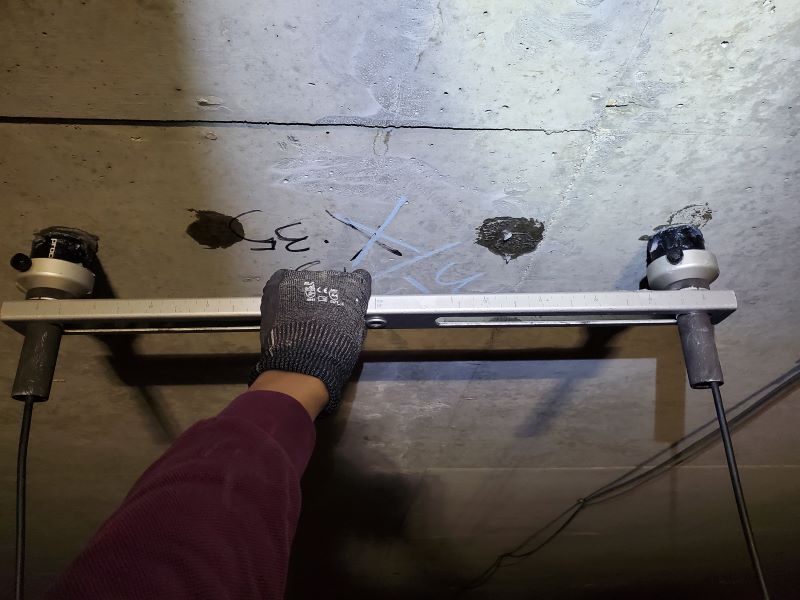


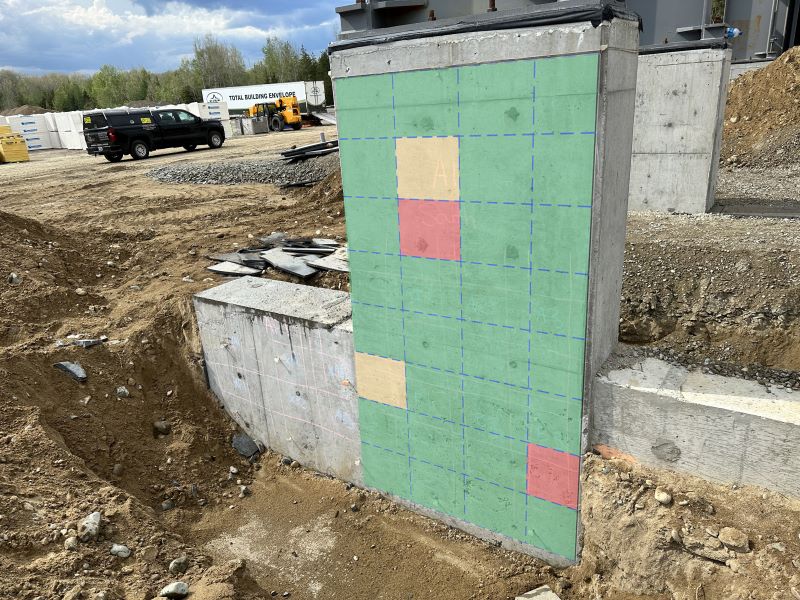

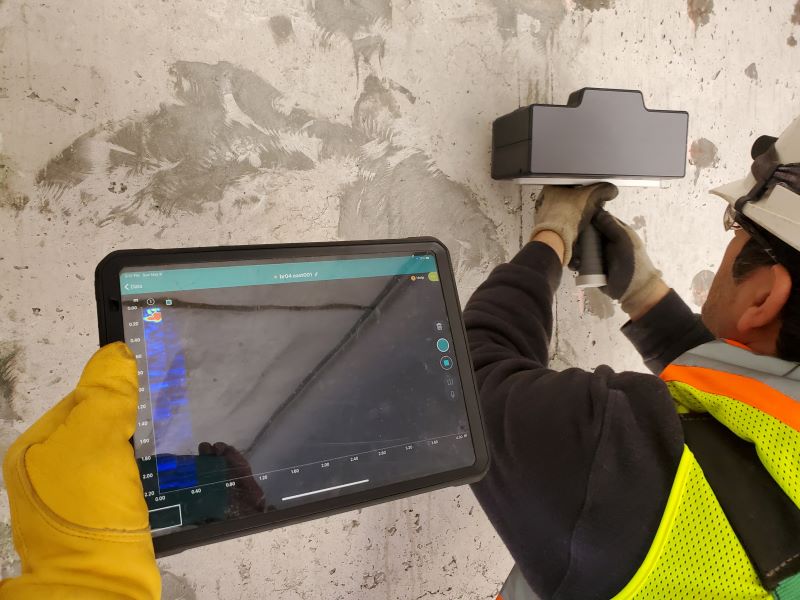
Voids and Poor Consolidation of Concrete and Shotcrete
Poor consolidation of concrete happens in heavily reinforced concrete components such as columns, walls, and wind turbine foundations. Other construction errors such as inadequate workability, pump malfunctions, and errors in concrete lift sequencing can result in formation of cavities, and honeycombed concrete. The same issues might happen during shotcrete process.
The following NDT methods are available to assess the extent and severity of concrete problems:
- Ultrasonic Pulse Velocity (Integrity and Quality)
- Ultrasonic Pulse Echo (honeycombing, voids)
- Impact-Echo
- Rebound Hammer (Uniformity)
Please contact us for a free quotation and tell us more about your project

